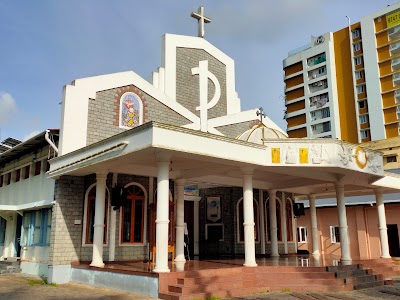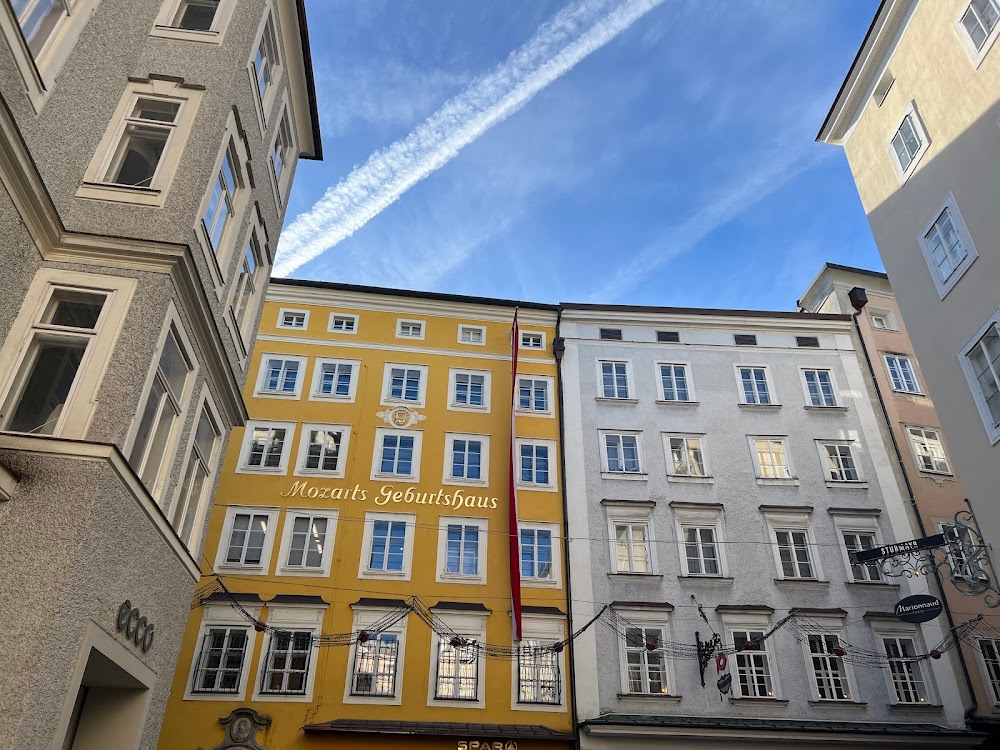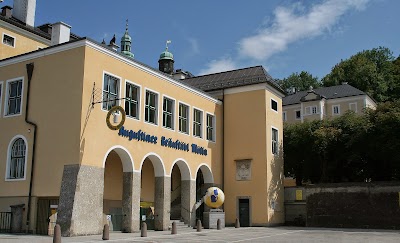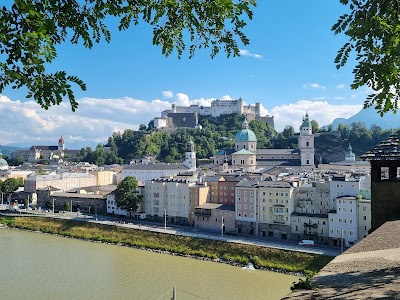St. Sebastian's Church (Sebastianskirche)
Overview
Nestled in the heart of Salzburg, Austria, St. Sebastian's Church, or Sebastianskirche, is a stunning example of Baroque architecture that provides a serene escape steeped in history and significance. Located along the bustling Linzergasse, this beautiful church is an essential stop for anyone interested in the rich tapestry of Salzburg's spiritual and cultural heritage.
Originally consecrated in 1512, St. Sebastian's Church was built in the late Gothic style. However, tragedy struck in 1818 when the original structure was destroyed by fire. The church you can admire today was rebuilt shortly after in the Baroque style, showcasing resilience and continuity amidst change. Despite renovations over the centuries, the church has retained much of its historical charm, making it a captivating destination for visitors.
One of the most significant features of St. Sebastian's Church is its cemetery, the Sebastian Friedhof. This cool, shaded, and tranquil spot serves as the final resting place for numerous notable figures, including members of the Mozart family. Here, you can find the impressive mausoleum of Archbishop Wolf Dietrich von Raitenau, who played a crucial role in shaping Baroque Salzburg. His resting place stands as a testament to the church’s historical and cultural importance.
The cemetery is also remarkable for its Italian-style arcades and beautifully maintained walkways. Among the poignant sights is the grave of Nannerl Mozart, the sister of the renowned composer Wolfgang Amadeus Mozart. The intricately designed tombstones and monuments invite visitors to reflect on the passage of time and the endurance of memory, adding depth to the experience.
Upon entering the church itself, visitors are immediately struck by its harmonious blend of somber elegance and decorative Baroque elements. The high altar, adorned with striking sculptures and intricate details, serves as a focal point of the interior. The altar painting depicting St. Sebastian, the church's namesake and patron saint, illustrates his martyrdom and unwavering faith, emphasizing the sacred atmosphere of the space.
A lesser-known yet fascinating aspect of St. Sebastian's Church is its connection to the Roman Catholic Brotherhood of the Holy Trinity. Founded in the early 1600s, this ecclesiastical confraternity has played a vital role in the church's support and maintenance throughout history. The Brotherhood’s contributions are reflected in various elements of the church’s décor and structure, showcasing centuries of religious devotion and community support.
For those eager to delve deeper, guided tours are occasionally available, offering insights into the intricate aspects of the church's history, architecture, and notable figures associated with it. These tours provide a deeper understanding of the daily life and customs of Salzburg’s past inhabitants, along with their profound spirituality that continues to resonate within the church's walls.
Beyond its religious significance, St. Sebastian's Church holds a unique place in the cultural panorama of Salzburg. Conveniently located in the old town, a UNESCO World Heritage Site, the church is surrounded by charming streets and local boutiques that invite further exploration. After visiting the church, tourists can enjoy a leisurely stroll along Linzergasse, immersing themselves in the vibrant life and enduring traditions of Salzburg.
In summary, St. Sebastian's Church is much more than a place of worship. It serves as a historical monument, a cultural touchstone, and a serene retreat amidst the lively activity of Salzburg. Whether you're an architecture enthusiast, a history buff, or a spiritual seeker, a visit to St. Sebastian's offers a glimpse into the rich historical fabric and enduring spiritual legacy of Salzburg. Each visit promises new discoveries and reflections, making it an essential destination when exploring this beautiful Austrian city.






